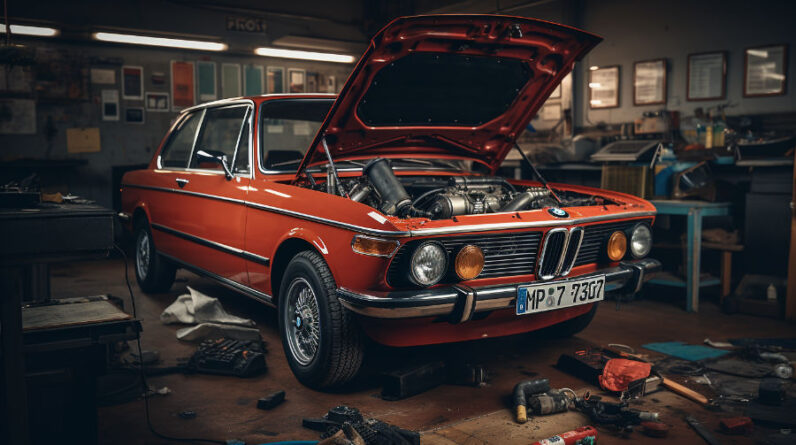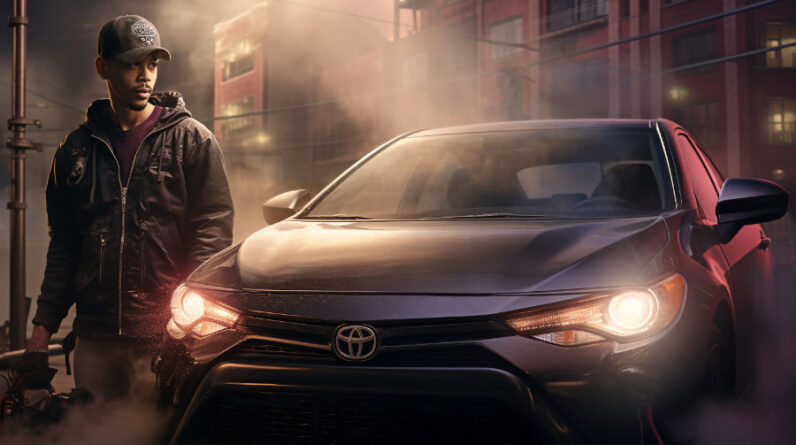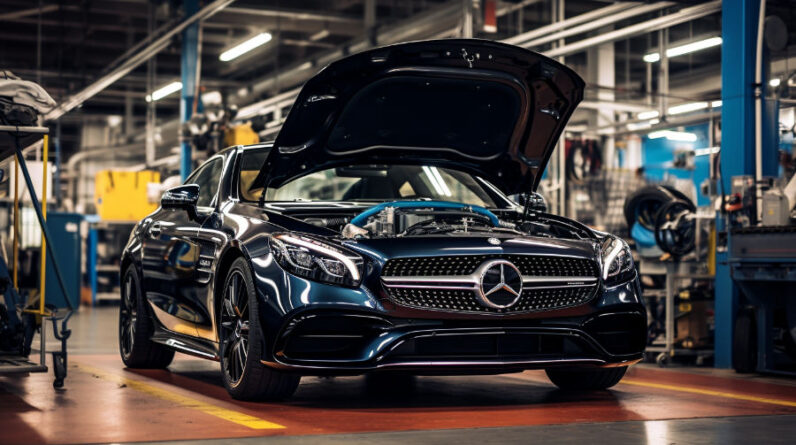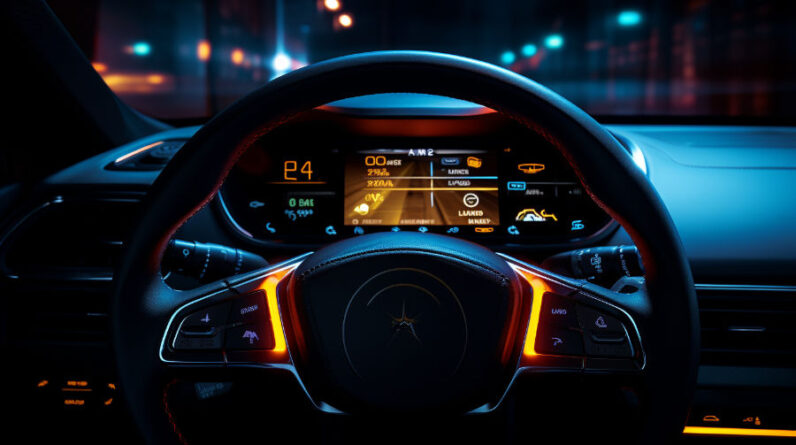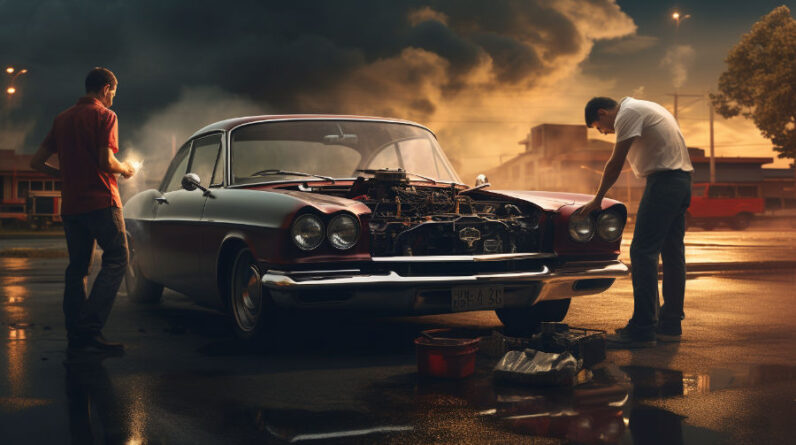Are you tired of relying on costly mechanics for every little car issue? Well, fear not, fellow driver, for you are about to embark on a journey of automotive empowerment!
In this enlightening article, we will delve into the realm of common car fixes, equipping you with the knowledge and skills to tackle those pesky problems that plague your precious vehicle.
Gone are the days of helplessly waiting for a tow truck to rescue you from a mere flat tire. With our step-by-step guide, you’ll be changing tires like a seasoned pit crew member in no time.
And who needs a superhero when you can jump-start a dead battery yourself? We’ll show you the precise technique to bring your car back to life in a jiffy.
But wait, there’s more! Ever struggled with replacing a headlight bulb or fixing a leaky radiator? Not anymore! Our detailed instructions will have you shining bright and keeping your engine cool in the blink of an eye.
And finally, we’ll reveal the secret to prolonging your car’s lifespan – changing the engine oil. Say goodbye to sludge and hello to smooth running with our expert advice.
So buckle up, dear reader, and get ready to become the master of your own automotive destiny. Prepare to conquer the road with confidence as we unveil the secrets of common car fixes!
Key Takeaways
- Changing a flat tire is a basic car fix that every driver should know how to do.
- Properly jump-starting a dead battery and maintaining battery health is essential for avoiding breakdowns.
- Troubleshooting and replacing a headlight bulb can help ensure proper visibility and safety while driving.
- Fixing a leaky radiator by identifying the source of the leak and adding coolant can prevent engine overheating and damage.

Changing a Flat Tire
Now, let’s get down to business and show you how you can change a flat tire in no time.
First, locate the spare tire, jack, and lug wrench in your vehicle.
Park your car on a flat surface, engage the parking brake, and loosen the lug nuts with the lug wrench.
Lift your car with the jack, remove the lug nuts, and replace the flat tire with the spare.
Tighten the lug nuts, lower the car, and you’re good to go.
Remember, changing a flat tire is an essential skill for troubleshooting engine problems.
Jump-Starting a Dead Battery
First, let’s imagine the frustration you feel when you’re stranded with a dead battery and in need of a jump-start. Troubleshooting engine problems is crucial in determining whether a dead battery is the root cause.
To maintain battery health, proper maintenance involves regularly checking the battery’s terminals for corrosion and ensuring a secure connection. Additionally, it’s essential to monitor the battery’s voltage level and consider investing in a battery charger to keep it charged and ready for use.
Replacing a Headlight Bulb
To replace a headlight bulb, you need to first locate and access the headlight assembly. This can typically be found at the front of the vehicle, behind the headlight lens.
Once located, you’ll need to remove the old bulb by twisting it counterclockwise and pulling it out.
Finally, you can install the new bulb by inserting it into the socket and twisting it clockwise until it’s secure.
Locating and Accessing the Headlight Assembly
In order to access the headlight assembly, you’ll need to pop the hood and take a peek under the hood. Here’s what you need to do:
- Start by removing any grime or dirt from the area to ensure a clean workspace.
- Locate the connectors attached to the headlight bulb and gently clean them using a soft cloth or a small brush.
- Be careful not to damage the connectors while cleaning.
Once the connectors are clean, you can proceed to the next step of replacing the headlight bulb. Remember to always handle the bulb with care to avoid any damage.
Removing the Old Bulb
Now that you’ve located and cleaned the connectors, it’s time to carefully remove the old bulb. Start by disconnecting the electrical connector from the bulb. Then, locate the retaining clip or ring that holds the bulb in place and release it. Gently pull out the old bulb, being careful not to damage the wires. Once removed, you can troubleshoot flickering headlights and choose the right bulb for your car.
| Troubleshooting flickering headlights | Choosing the right bulb for your car |
|---|---|
| Check the electrical connections | Determine the correct bulb size |
| Inspect the bulb for any damages | Consider the type of bulb (halogen, LED, etc.) |
| Test the bulb in another socket | Consult your car’s manual for specifications |
| Replace the bulb if necessary | Purchase a high-quality bulb |
| Seek professional help if problem persists | Install the new bulb correctly |
Installing the New Bulb
Once you’ve successfully removed the old bulb, it’s time to delicately install the new one.
Start by aligning the pins on the LED headlights with the slots in the socket.
Gently push the bulb into place until it clicks securely.
Ensure a proper connection by giving it a slight twist.
If the bulb doesn’t light up, troubleshoot the connection by checking for any loose wires or debris.
Fixing a Leaky Radiator
To fix a leaky radiator, start by identifying the source of the leak. Look for any signs of coolant dripping or pooling underneath the car.
Once you’ve located the leak, you can then add coolant or antifreeze to the radiator to prevent further damage.
If the leak persists, you may need to repair or replace the radiator altogether, depending on the severity of the issue.
Identifying the Leak
Identifying the leak can be challenging, but it’s crucial for resolving the issue with your car. To find the source of the leak, you can follow these steps:
Inspect the radiator for any visible cracks or holes.
Check the radiator hoses for any signs of wear or damage.
Use a pressure tester to pressurize the cooling system and locate the leak.
Look for any coolant stains or puddles under the car.
Monitor the coolant level to see if it drops significantly over time.
Troubleshooting the issue requires a systematic approach to ensure an accurate diagnosis.
Adding Coolant or Antifreeze
If you’re experiencing a leak in your car’s cooling system, one solution to consider is adding coolant or antifreeze to help resolve the issue. Checking coolant levels regularly is crucial in preventing engine overheating. To add coolant or antifreeze, follow these steps:
- Park the car on a level surface and wait for the engine to cool down.
- Locate the coolant reservoir and remove the cap.
- Check the coolant level and ensure it reaches the “Full” or “Max” mark.
- If needed, add the appropriate coolant or antifreeze mixture until the desired level is reached.
By maintaining proper coolant levels, you can prevent engine damage and ensure optimal cooling system performance.
Repairing or Replacing the Radiator
One option for addressing radiator issues is to have it repaired or replaced. This involves repairing radiator fins, which are responsible for dissipating heat from the coolant. If the radiator fins are damaged or bent, they can be straightened out using a fin comb or replaced altogether.
Another important step in radiator repair is flushing the radiator coolant to remove any contaminants or debris that may be clogging the system. This can be done by draining the old coolant and replacing it with fresh coolant.
Changing the Engine Oil
When it’s time to change your engine oil, it’s crucial to follow the proper steps for optimal car performance. Start by locating the oil drain plug underneath your vehicle. Use a wrench to loosen and remove the plug, allowing the old oil to drain completely.
Once drained, replace the oil filter to ensure proper engine maintenance. Finally, refill the engine with the recommended amount and type of oil for smooth and efficient operation.
Frequently Asked Questions
How often should I check my tire pressure and what is the recommended PSI for my car?
To keep your car running smoothly, think of checking tire pressure as giving your car a breath of fresh air. Recommended tire pressure varies by car, so consult your owner’s manual for the correct PSI. Use a tire pressure gauge to properly inflate tires.
Can I jump-start my car if it has a manual transmission?
Yes, you can jump-start a car with a manual transmission. Ensure both vehicles are in neutral, connect the positive cables first, then the negative. Start the assisting car and wait a few minutes before starting your car.
Is it necessary to replace both headlight bulbs if only one is burnt out?
Yes, it is necessary to replace both headlight bulbs if only one is burnt out. This ensures that both headlights have the same brightness and color temperature, providing optimal visibility and safety while driving. Proper headlight maintenance is crucial for safe car operation.
How can I determine if the radiator leak is due to a damaged hose or a cracked radiator?
To determine if a radiator leak is due to a damaged hose or a cracked radiator, inspect the hoses for visible signs of wear or damage, such as cracks, bulges, or leaks. Additionally, perform a pressure test on the radiator to check for any leaks.
What type of engine oil should I use for my specific car model and how often should I change it?
To determine the type of engine oil for your car model, consult the owner’s manual. Generally, synthetic oil is recommended for modern cars. Change the oil every 5,000 to 7,500 miles or as specified by the manufacturer. Properly maintain your car’s battery and clean the interior regularly.
Conclusion
Congratulations! Now you possess the power to conquer any car trouble that comes your way. You can change a flat tire in the blink of an eye and jump-start a dead battery like a superhero. You can replace a headlight bulb with the precision of a surgeon, fix a leaky radiator as if you were a master plumber, and change the engine oil with the finesse of a seasoned mechanic.
With these essential skills, you are now the ultimate car fixer, ready to tackle any automotive challenge that comes your way. Drive on confidently, knowing that you have the expertise to handle any common car fix with ease.

